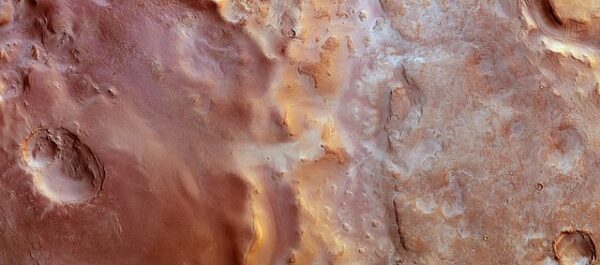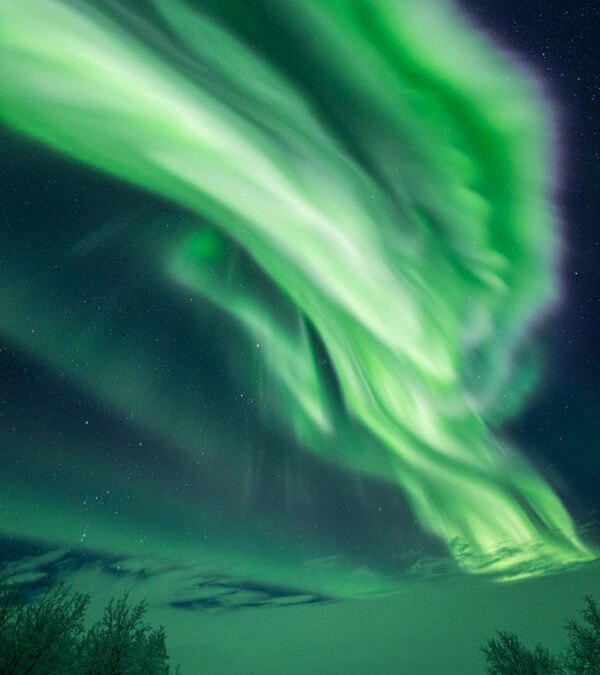
In a groundbreaking discovery that could rewrite our understanding of Mars’ history, NASA’s Perseverance rover has uncovered a rock with intriguing characteristics that hint at the possibility of ancient life. The sample, collected from the northern edge of Neretva Vallis, displays chemical signatures and structures that suggest biological processes might have occurred billions of years ago when the region was home to flowing water. This finding, however, is just the beginning. The science team is meticulously examining other potential explanations for these features, acknowledging that extensive research is necessary to confirm if these signs indeed point to ancient Martian life.
Analysis by instruments aboard the rover reveals that the rock possesses characteristics suggesting it could be an indicator of ancient life, writes Phys.org. The rock shows chemical signatures and structures that might have been formed by life billions of years ago when the area explored by the rover had running water. The team is considering other possible explanations for the observed features, and further research will be needed to determine if ancient life is a valid explanation.
The rock—the rover’s 22nd rock core sample—was collected on July 21, as the rover explored the northern edge of Neretva Vallis, an ancient river valley measuring a quarter-mile (400 meters) wide that was carved by water rushing into Jezero Crater long ago.
“We have designed the route for Perseverance to ensure that it goes to areas with the potential for interesting scientific samples,” said Nicola Fox, associate administrator, Science Mission Directorate at NASA Headquarters in Washington. “This trip through the Neretva Vallis riverbed paid off as we found something we’ve never seen before, which will give our scientists so much to study.”
Multiple scans of Cheyava Falls by the rover’s SHERLOC (Scanning Habitable Environments with Raman & Luminescence for Organics & Chemicals) instrument indicate it contains organic compounds. While such carbon-based molecules are considered the building blocks of life, they also can be formed by non-biological processes.
“Cheyava Falls is the most puzzling, complex, and potentially important rock yet investigated by Perseverance,” said Ken Farley, Perseverance project scientist of Caltech in Pasadena. “On the one hand, we have our first compelling detection of organic material, distinctive colorful spots indicative of chemical reactions that microbial life could use as an energy source, and clear evidence that water—necessary for life—once passed through the rock. On the other hand, we have been unable to determine exactly how the rock formed and to what extent nearby rocks may have heated Cheyava Falls and contributed to these features.”
The discovery was likely a lucky break, writes Smithsonian. The rock is just three feet by two feet in size.
“Perseverance came across the intriguing rock, nicknamed “Cheyava Falls,” on July 21 as it explored the northern edge of Neretva Vallis, a quarter-mile-wide river channel created billions of years ago when water flowed into the nearby Jezero Crater.
“Cheyava Falls is the most puzzling, complex and potentially important rock yet investigated by Perseverance,” Ken Farley, a geochemist at the California Institute of Technology and a researcher on the Perseverance mission, wrote in a statement from NASA.









